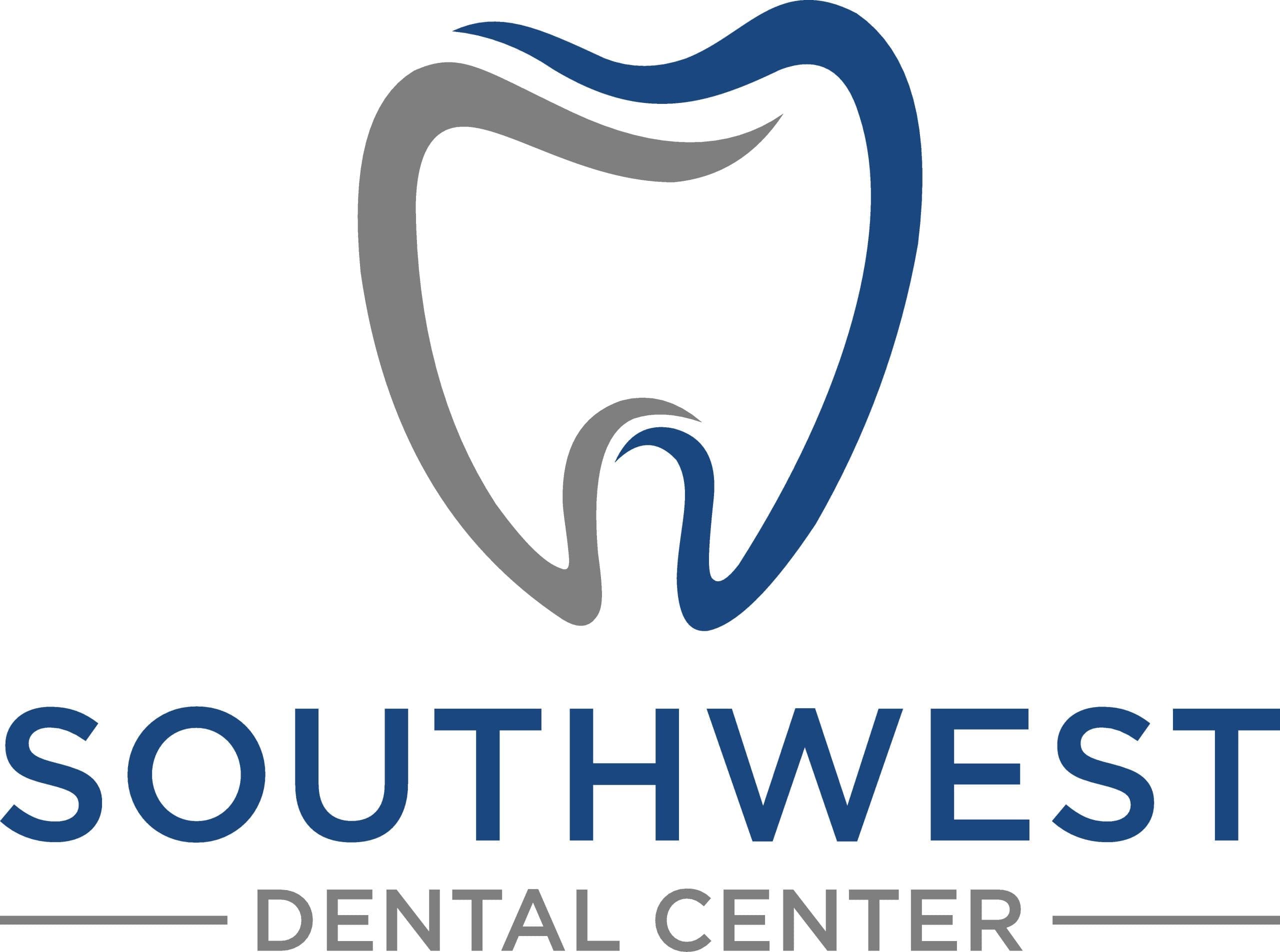How does a dental practice ensure the safety of their patients during endodontic procedures? At Southwest Dental Center Family & Cosmetic Dentistry, we follow strict protocols for infection control to minimize the risk of cross-contamination and ensure the health and safety of our patients.
Personal Protective Equipment (PPE)
Personal Protective Equipment (PPE) is an essential component of infection control in endodontic practice. It includes gloves, masks, protective eyewear, and gowns. PPE is designed to protect the dental team from exposure to infectious agents and prevent the spread of infection to patients. The use of PPE is mandatory in all dental procedures, including endodontic treatment.
The latest techniques in endodontic microsurgery require the use of specialized PPE. For instance, the use of a surgical microscope requires the use of a face shield to protect the eyes from laser light. Additionally, the use of a high-speed handpiece during surgery requires the use of a mask to prevent inhalation of aerosols. The latest techniques in endodontic microsurgery are constantly evolving, and it is essential to stay up-to-date with the latest protocols to ensure the safety of both the dental team and patients. To learn more about the latest techniques in endodontic microsurgery, visit our page on Latest Techniques in Endodontic Microsurgery.
Sterilization and Disinfection Procedures
Sterilization and disinfection procedures are crucial in maintaining infection control in endodontic practice. All instruments and equipment used during the treatment process must be properly sterilized to prevent the transmission of infectious diseases. The sterilization process involves the use of heat, chemicals, or radiation to eliminate all forms of microorganisms, including bacteria, viruses, and fungi. The disinfection process, on the other hand, involves the use of chemicals to reduce the number of microorganisms on surfaces and instruments.
In endodontic practice, the sterilization and disinfection procedures must comply with the guidelines set by the Centers for Disease Control and Prevention (CDC) and the Occupational Safety and Health Administration (OSHA). The instruments must be cleaned and disinfected before sterilization, and the sterilization process must be monitored regularly to ensure its effectiveness. By following these protocols, endodontic practices can provide a safe and sterile environment for their patients. If you are looking for root canal treatment in Fort Wayne, our endodontic service at Southwest Dental Center Family & Cosmetic Dentistry provides the highest standard of infection control protocols to ensure your safety and well-being.
Patient Screening and Risk Assessment
Patient screening and risk assessment are crucial steps in infection control protocols in endodontic practice. Before any treatment, the dental team should evaluate the patient’s medical history, current health status, and potential risk factors for infectious diseases. This information helps to identify patients who may require additional precautions or referral to a specialist. Additionally, the use of screening questionnaires and diagnostic tests can aid in identifying patients with infectious diseases, such as hepatitis B, hepatitis C, and HIV. By implementing thorough patient screening and risk assessment, endodontic practices can minimize the risk of cross-contamination and ensure the safety of both patients and staff.
Environmental Controls and Waste Management
Environmental controls and waste management are crucial aspects of infection control in endodontic practice. The dental office should have a designated area for the disposal of contaminated materials, such as sharps, gloves, and other disposable items. The area should be clearly marked and easily accessible to staff. Additionally, the office should have a system in place for the proper disposal of hazardous waste, such as chemicals and mercury-containing materials. Environmental controls, such as proper ventilation and air filtration, can also help reduce the risk of infection transmission. Regular cleaning and disinfection of surfaces and equipment can further minimize the risk of cross-contamination. By implementing these protocols, endodontic practices can ensure a safe and healthy environment for both patients and staff.
Hand Hygiene and Instrument Handling
Hand hygiene and instrument handling are critical components of infection control in endodontic practice. Proper hand hygiene involves washing hands with soap and water or using an alcohol-based hand sanitizer before and after patient contact, after removing gloves, and before handling instruments. It is also important to avoid touching the face, hair, or clothing during patient care. Instrument handling involves proper cleaning, sterilization, and storage of instruments to prevent cross-contamination. All instruments should be cleaned and sterilized according to manufacturer instructions and regulatory guidelines. Additionally, disposable items should be used whenever possible to minimize the risk of infection transmission. By following these protocols, endodontic practices can ensure a safe and healthy environment for both patients and staff.
Conclusion
For the latest techniques in endodontic microsurgery, contact Southwest Dental Center Family & Cosmetic Dentistry at 260-444-5728 and check out our reviews on Google Maps.
